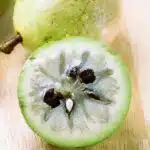
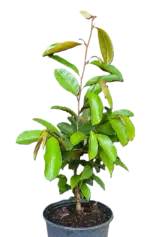
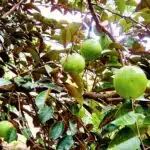
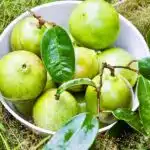
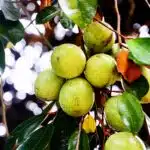
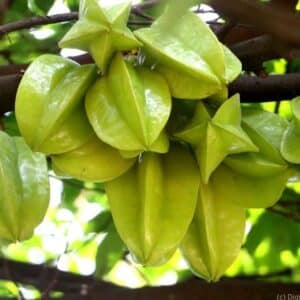

White Star Apple ( Chrysophyllum cainito) Caimito tropical live fruit tree 12″-24″
$89.99 Original price was: $89.99.$49.99Current price is: $49.99.
White Star Apple, scientifically known as Chrysophyllum cainito, is a tropical fruit tree prized for its sweet, juicy fruit and striking appearance. Native to the Caribbean and Central America, it has become widely cultivated in tropical and subtropical regions around the world. The tree is known for its glossy green leaves with a golden-brown underside and for producing round, smooth-skinned fruit with a star-shaped pattern inside when cut crosswise, giving it its common name. The white star apple is one of several varieties of Chrysophyllum cainito, with the white flesh offering a unique and refreshing taste compared to other varieties.
White star apple
Appearance and Characteristics:
The White Star Apple tree is a medium to large evergreen tree that can grow between 25 and 50 feet tall, depending on growing conditions. It has a dense, rounded canopy with dark green, glossy leaves that have a coppery or golden-brown underside, creating a striking contrast when they move in the wind. The tree’s bark is grayish-brown and slightly rough, and the trunk can become quite thick as the tree matures.
The tree produces small, inconspicuous flowers that are greenish-white and fragrant, attracting pollinators such as bees. These flowers develop into round to oval fruit, typically 2 to 4 inches in diameter. The fruit has smooth, thin skin that turns greenish-yellow, pale yellow, or light cream when ripe. When cut open, the fruit reveals a juicy, translucent white pulp that is segmented around several flat, brown seeds. The pulp has a sweet, delicate flavor with hints of vanilla and tropical fruit, making it highly sought after for fresh consumption.
Growing Conditions:
The White Star Apple tree thrives in tropical and subtropical climates and is best suited for USDA hardiness zones 10 to 12. It prefers full sun but can tolerate partial shade, especially during its early growth stages. The tree grows best in well-draining, fertile soils with a slightly acidic to neutral pH. While it is adaptable to various soil types, it does not tolerate waterlogged or saline soils well.
White Star Apple trees are sensitive to cold and frost, and prolonged exposure to temperatures below 50°F can damage the tree. In regions with cooler winters, they can be grown in large containers and brought indoors during cold spells. Planting the tree in a sheltered location, protected from strong winds, also helps improve its growth and fruiting potential.
Watering and Fertilizing:
Young White Star Apple trees require regular watering to establish strong root systems. Once established, the tree becomes more drought-tolerant, but it still benefits from consistent moisture during the growing season to support healthy growth and fruit production. Care should be taken to avoid overwatering, as excessive moisture can lead to root rot.
Fertilizing the tree regularly during the growing season with a balanced fertilizer that is high in potassium encourages flowering and fruiting. Organic compost or well-rotted manure can be added to the soil to improve fertility and enhance microbial activity, benefiting the tree’s roots and overall health.
Care and Maintenance:
White Star Apple trees require minimal maintenance once established. Pruning should be done after the fruiting season to remove dead, damaged, or overcrowded branches and to maintain the tree’s shape. Pruning also helps improve airflow and sunlight penetration within the canopy, reducing the risk of diseases.
Mulching around the base of the tree helps retain soil moisture, regulate soil temperature, and reduce weed competition. In colder regions, using mulch and frost protection methods can help protect young trees during the winter months.
Pests and Diseases:
White Star Apple trees are relatively hardy, but they can be affected by common tropical pests such as aphids, mealybugs, scale insects, and fruit flies. Regularly inspecting the tree and applying organic pest control methods, such as neem oil or insecticidal soap, can help manage pest infestations. Fruit flies can be a particular problem as the fruit ripens, so using fruit fly traps may be beneficial.
Fungal diseases, such as anthracnose and leaf spot, may occur in humid conditions or if the tree is grown in poorly draining soil. Ensuring good airflow, proper spacing, and avoiding overhead watering can help reduce the risk of fungal infections.
Harvesting:
White Star Apple trees typically begin producing fruit 5 to 7 years after planting from seed, although grafted trees may fruit sooner. The fruit is usually ready for harvest in late winter to early spring, depending on the climate and growing conditions. Ripe fruit will have a pale yellow to cream-colored skin and should be picked when it is fully mature but not overly soft. Harvesting should be done carefully to avoid bruising the fruit.
Once harvested, White Star Apples are best consumed fresh. The fruit can be stored at room temperature for a few days or refrigerated to extend its shelf life.
Culinary Uses:
The white star apple is most commonly enjoyed fresh for its sweet, juicy flesh and unique flavor. To eat the fruit, it is typically cut in half, and the pulp is scooped out with a spoon. The seeds and skin are not consumed. The fruit’s refreshing taste makes it a popular addition to fruit salads, smoothies, desserts, and drinks. It can also be used in jams, jellies, and syrups, providing a tropical twist to various recipes.
Nutritional Value:
White Star Apples are rich in essential nutrients, including vitamin C, which supports immune health, and antioxidants that help combat oxidative stress. The fruit is also a good source of dietary fiber, which promotes digestive health. Additionally, it contains trace minerals like calcium, phosphorus, and iron, contributing to overall well-being.
Propagation:
White Star Apple trees can be propagated from seeds, but grafting is often preferred to ensure consistent fruit quality, earlier fruiting, and disease resistance. Seed propagation can take several years to produce fruit, while grafted trees typically bear fruit within 3 to 5 years.
Ecological Benefits:
White Star Apple trees provide ecological benefits by supporting local wildlife, including pollinators and birds. The tree’s dense canopy offers shade and shelter for various animals, while its fragrant flowers attract bees and other beneficial insects.
Conclusion:
White Star Apple, or Chrysophyllum cainito, is a delightful tropical fruit tree known for its sweet, juicy fruit and ornamental beauty. With its unique star-shaped fruit, glossy foliage, and fragrant flowers, it adds a touch of the tropics to any garden. Proper care, including consistent watering, regular fertilization, and occasional pruning, ensures healthy growth and abundant harvests. Whether enjoyed fresh, used in culinary dishes, or admired for its aesthetic appeal, the White Star Apple is a rewarding addition to tropical and subtropical landscapes.
| Planting Bag + Soil |
Planting bag + Soil ,I have soil and container |
|---|

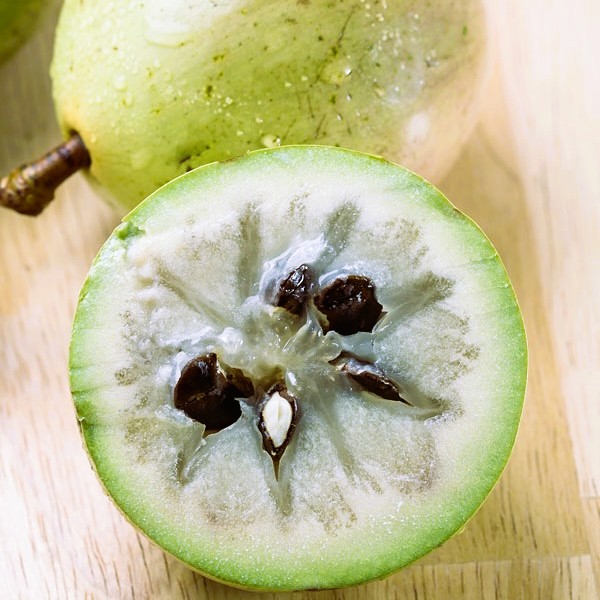
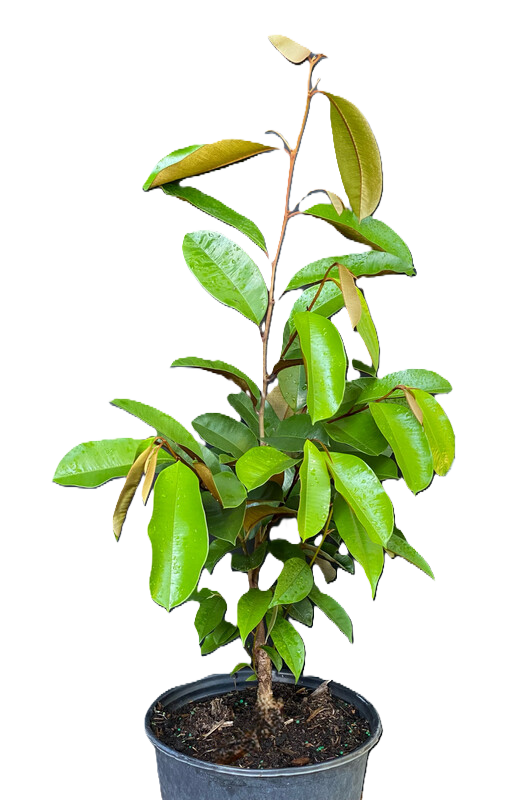

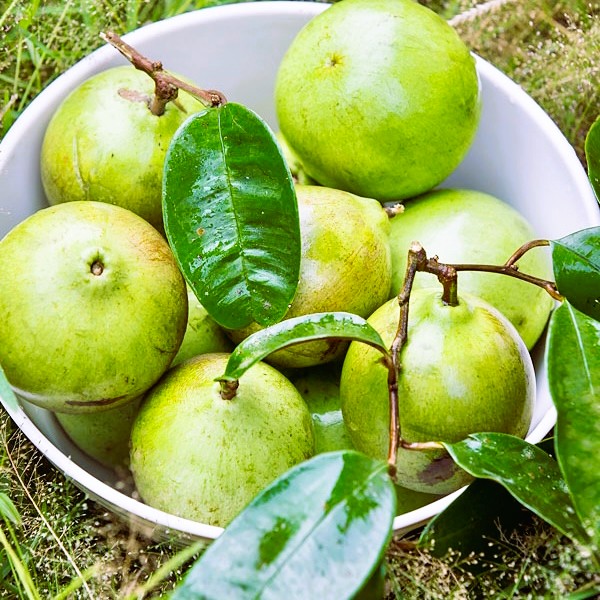

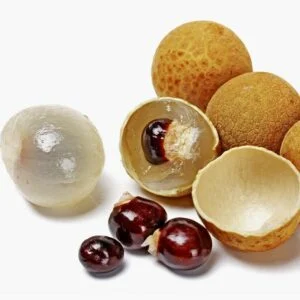
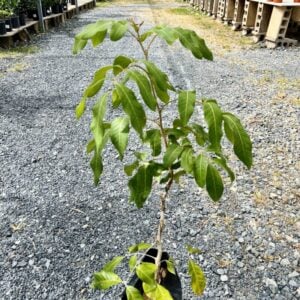
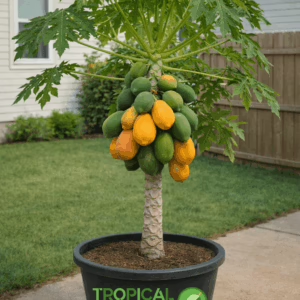
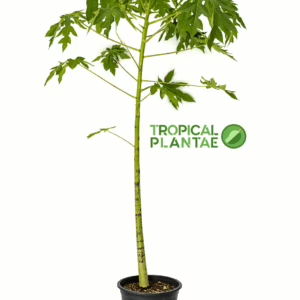


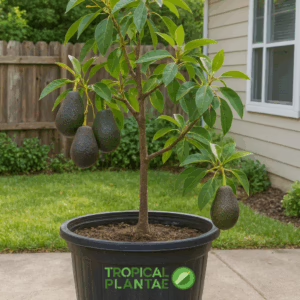
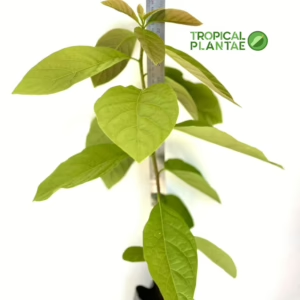
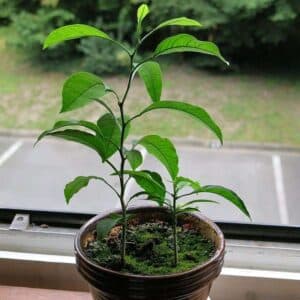
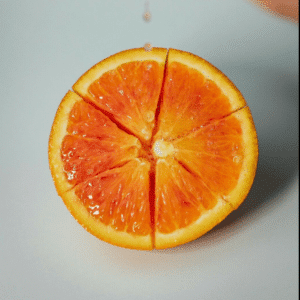


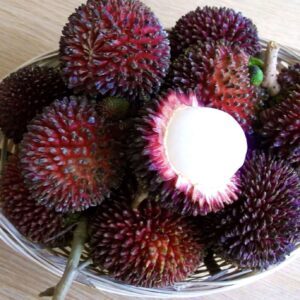
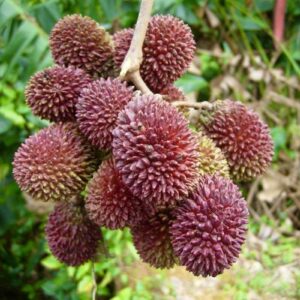
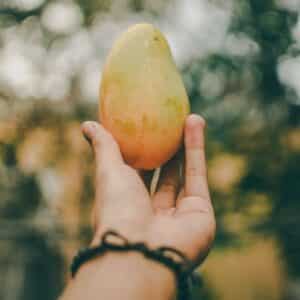
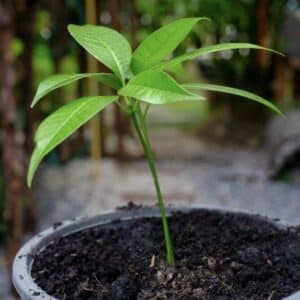
Reviews
There are no reviews yet.